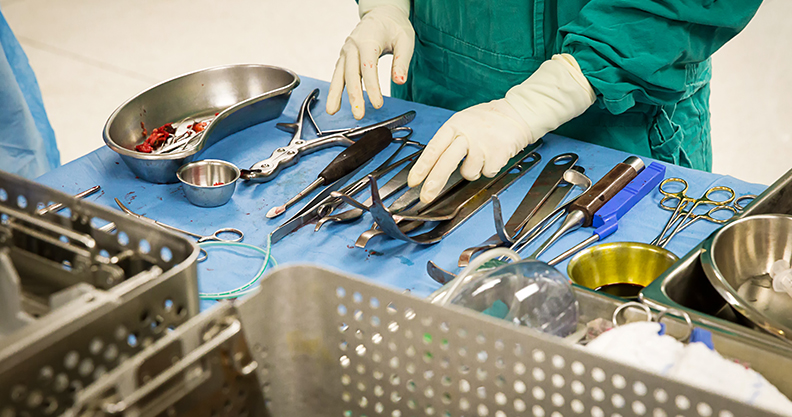
Vagueness in standard methods and regulatory guidance surrounding instrument testing and validation has left OEMs questioning what best practices to apply to their devices. The confusion has been evidenced by reader queries and unsuccessful searches for experts on the topic over the last year.
Some clarity was gained during an OMTEC 2016 session dedicated to the topic. A portion of the session dove into FDA’s guidance, “Reprocessing Medical Devices in Health Care Settings: Validation Methods and Labeling,” published in 2015. The guidance focuses upon the longevity of efficacy and sterility assurance, and states that OEMs must provide a method for end-users to determine whether a device has exceeded its lifecycle.
“This is a tough nut to swallow,” says David M. Blakemore, President of BoneSim Laboratories. “[FDA] is talking about somehow, someway we have to tell them exactly when a reusable surgical device is no longer safe.”
To arrive at the answer, companies rely on a combination of clinically relevant data, material selection information, design practices, etc. Blakemore believes that test data, though hard to complete due to time and cost, provides the most effective analysis. Two clinical re-processing cycle (CRC) test choices are studies at Instructions for Use (IFU) parameters and worst-case known facility parameters.
According to Blakemore:
The pros to IFU parameters:
• creates a data set of nominal conditions
• allows reporting of valid findings
• minimizes risk of over designed components
The cons:
• does not address excursions
• burdens the study timeline
• faces increased study costs
For worst-case known parameters, the pros:
• creates a data set at worst case conditions
• minimizes risk of failures from facilities over processing
• allows standards to be set for CRC
• reduces cost and timeline
The cons:
• failures in testing may not be representative of design
• potential for over design; findings may be subjective
Blakemore presented data demonstrating that testing for a five-year lifecycle—about 500 CRCs—could cost more than $122,000 and require 34 weeks for just one design, thus the reason that OEMs choose to rely on other data or testing data that represents a one-year lifecycle.
FDA’s interest in instrument testing is expected to continue. The opportunity presented by a focus on lifecycle testing is the potential for the orthopaedic industry to create standards that allow for high throughput studies, Blakemore says. He suggests a central database could be created to document material and design parameters. Over time, comparative test data would be compiled and used during analysis.
Kevin Knight, President of Knight Mechanical Testing, also spoke during the OMTEC session, suggesting to OEMs that if they’re going to push their contract manufacturer partners to speed time to market, they need to be prepared when something goes wrong. Specifically, he said, OEMs don’t plan for the possibility of instrument failure during testing.
A database may never be established. But if it were, the data could be used to examine best practices and set standards industry-wide. A portion of the guesswork and legwork would be removed. For sake of time, for sake of cost, for sake of preparedness and more, ideas like these that surround topics of much consideration and impact every company in the industry are worth presenting.
CL
Carolyn LaWell is ORTHOWORLD's Chief Content Officer. She joined ORTHOWORLD in 2012 to oversee its editorial and industry education. She previously served in editor roles at B2B magazines and newspapers.




